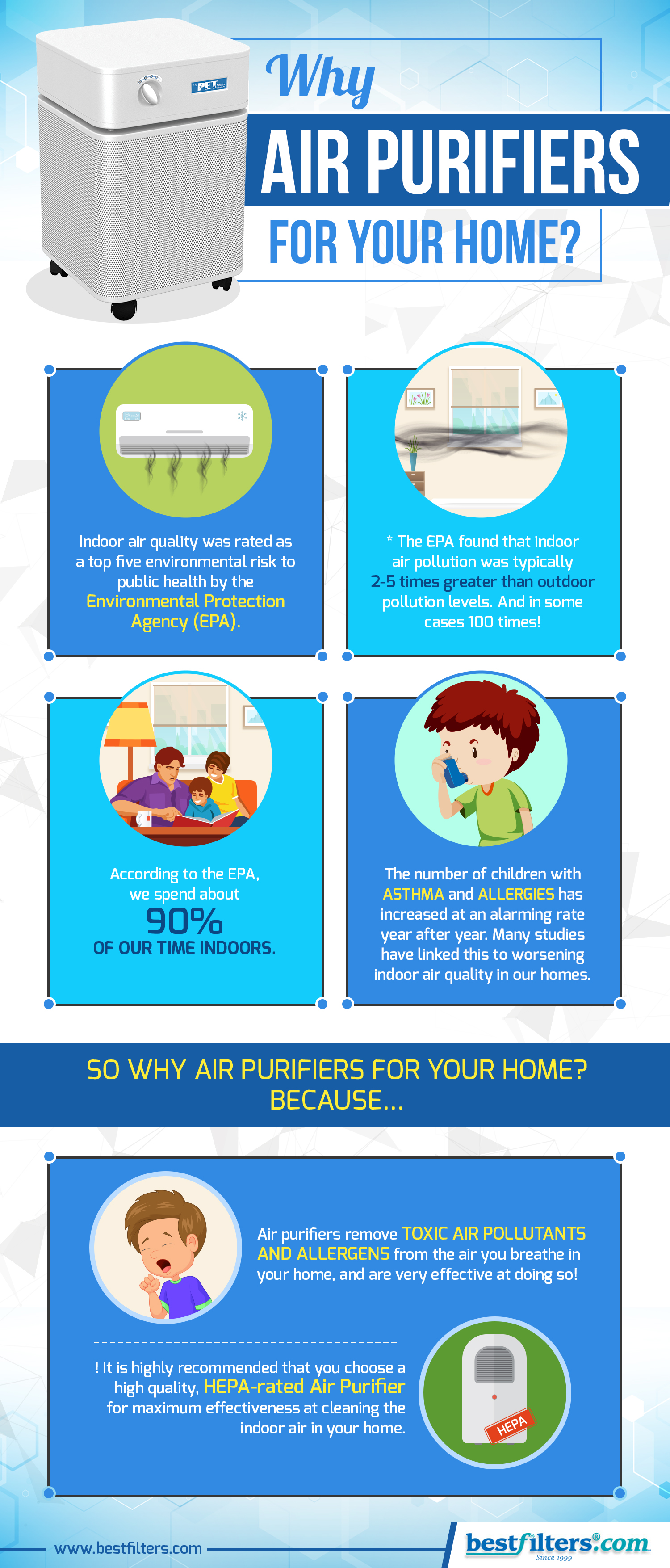Learn Exactly How To Optimize The Performance And Lifespan Of Your Heat Pump System By Avoiding Standard Setup Errors
Learn Exactly How To Optimize The Performance And Lifespan Of Your Heat Pump System By Avoiding Standard Setup Errors
Blog Article
Material Composed By-McDougall Ploug
When setting up a heat pump, you must steer clear of usual mistakes that can threaten its effectiveness. Forgeting correct sizing might cause ineffectiveness and greater energy expenses. Disregarding best heat pumps new plymouth and sealing could lead to energy wastage and stress on the device. Moreover, positioning the exterior system inaccurately may impact its performance. By staying clear of these mistakes, you can guarantee optimum functioning and sturdiness of your heatpump system.
Improper Sizing of Heatpump
When it involves the setup of heatpump, among one of the most common mistakes is poorly sizing the device for your space. Making certain the right size is crucial for optimal performance. If the heat pump is as well small, it will have a hard time to warm or cool your area efficiently, resulting in increased power costs and prospective deterioration on the device.
On the other hand, if the heatpump is also big, it will cycle on and off often, causing temperature changes and minimizing its lifespan.
To prevent this error, it's necessary to have a professional evaluate your space and recommend the suitable dimension of the heat pump based upon variables like square footage, insulation, ceiling elevation, and neighborhood environment. By investing the time and initiative to ensure the proper sizing, you can appreciate a comfy atmosphere while making the most of energy performance and prolonging the lifespan of your heatpump.
Inadequate Insulation and Sealing
To guarantee the reliable operation of your heatpump, it's essential to resolve poor insulation and securing in your room. Proper insulation assists preserve a consistent temperature inside your home, decreasing the workload on your heat pump. https://martingtdny.blog-ezine.com/31294485/analyzing-heatpump-selections-which-kind-is-the-majority-of-proper-for-your-home can cause energy loss, making your heat pump job harder and much less effectively.
Securing any kind of voids or leakages in your area is equally crucial. These gaps allow conditioned air to leave and outdoor air to seep in, requiring your heatpump to make up for the temperature variations.
Inaccurate Placement of Outdoor Device
Dealing with the positioning of your heatpump's exterior unit is key to maximizing its efficiency. Mounting the exterior system in an incorrect location can result in effectiveness issues and possible damages to the system.
One usual mistake to avoid is positioning the exterior device also close to a wall or other structures. This can limit air flow, triggering the unit to function tougher to heat or cool your space, ultimately lowering its efficiency and life expectancy.
Another error to steer clear of is positioning the outdoor unit in straight sunlight. While some sunshine is inescapable, extreme direct exposure can result in getting too hot, particularly throughout warm summertime days. It's best to position the exterior device in a shaded area to aid maintain its optimal operating temperature.
In addition, make sure that the outside device is positioned on a secure and degree surface. Uneven ground can cause vibrations and unnecessary stress on the unit, affecting its performance in time.
Click On this site
In conclusion, preventing usual mistakes during heat pump setup is important for maximizing effectiveness and long life of your system. By ensuring appropriate sizing, adequate insulation, securing, and appropriate placement of the outside device, you can protect against concerns such as inadequacies, increased power bills, and pressure on the system. Taking the time to deal with these essential factors will ultimately conserve you time and money over time.
